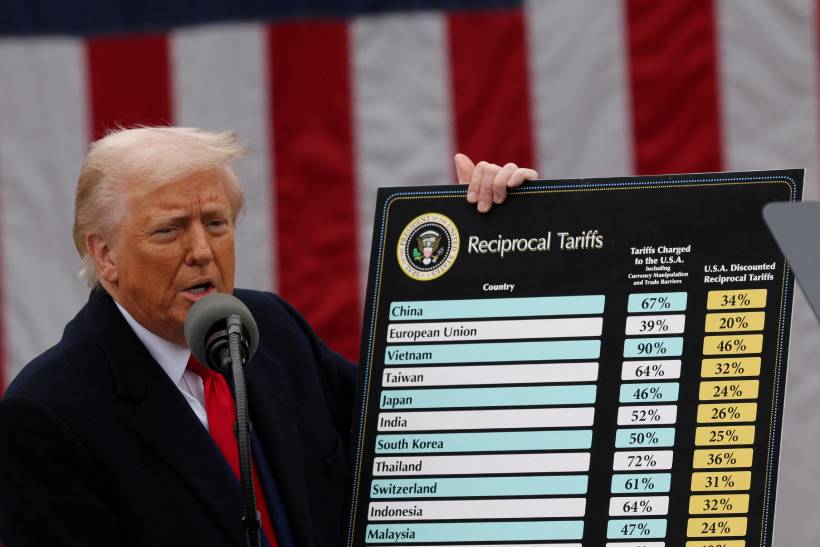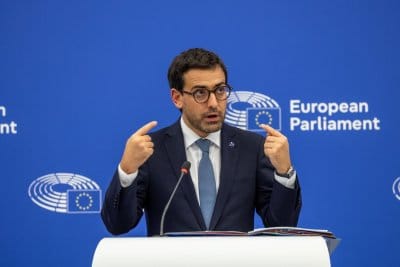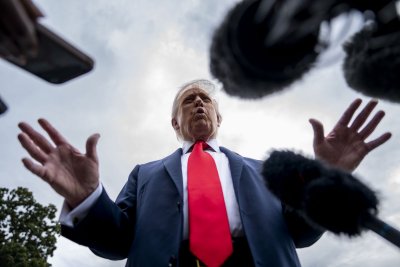Trump’s Tariff Powers Face Supreme Court Challenge, Raising Fears of Trade Turmoil
The U.S. Supreme Court’s skeptical questioning of former President Donald Trump’s global tariffs has fueled speculation that his trade measures may be struck down, potentially upending the already fragile trade landscape.
The case centers on Trump’s use of the 1977 International Emergency Economic Powers Act (IEEPA) to impose sweeping tariffs on imports. The law grants presidents broad authority to regulate trade during national emergencies but makes no mention of tariffs, raising constitutional questions about the limits of executive power.
During oral arguments on Wednesday, justices across the ideological spectrum except Samuel Alito and Clarence Thomas appeared doubtful that Trump had legal authority to levy such blanket global tariffs.
Trade experts now warn that if the court invalidates Trump’s tariff policy, it could trigger a new wave of economic uncertainty, as the administration is expected to pivot quickly to other trade laws to reimpose duties.
Why It Matters
The outcome of this case could reshape U.S. trade policy for years. Businesses have paid over $100 billion in IEEPA-related tariffs since 2025, and a ruling against Trump could open a complex refund battle or force the White House to seek alternative legal pathways for its protectionist agenda.
Corporate leaders, already weary of erratic trade shifts, say a ruling either way offers little stability. “Even if it goes against IEEPA, the uncertainty still continues,” said David Young of the Conference Board, who briefed dozens of CEOs after the hearing.
Trump Administration: Faces potential legal defeat but can pivot to Section 232 (Trade Expansion Act of 1962) or Section 122 (Trade Act of 1974), both of which allow temporary or national security-based tariffs.
U.S. Supreme Court: Balancing presidential powers with statutory limits on trade actions.
Businesses & Importers: Risk being caught in regulatory limbo over refunds and future duties.
Federal Reserve: Monitoring potential economic fallout from prolonged trade instability.
Refunds Could Get “Messy”
Justice Amy Coney Barrett raised concerns about how refund claims would be handled if the tariffs are ruled illegal, calling it “a mess” for courts to manage.
Lawyer Neal Katyal, representing five small businesses challenging the tariffs, said only those firms would automatically receive refunds, while others must file administrative protests a process that could take up to a year.
Customs lawyer Joseph Spraragen added that if the court orders refunds, the Customs and Border Protection’s automated system could process them, but he warned, “The administration is not going to be eager to just roll over and give refunds.”
Economic and Policy Repercussions
Analysts expect the administration to rely on alternative statutes if IEEPA tariffs are overturned. However, implementing new duties under those laws could be slow and bureaucratic, potentially delaying trade certainty until 2026.
Natixis economist Christopher Hodge said such a ruling would be only a “temporary setback” for Trump’s trade agenda, predicting renewed tariff rounds or trade negotiations in the coming year.
Meanwhile, Federal Reserve Governor Stephen Miran warned the uncertainty could act as a drag on economic growth, though it might also prompt looser monetary policy if trade instability dampens business confidence.
What’s Next
A Supreme Court ruling is expected in early 2026, leaving companies in limbo over the future of U.S. tariff policy.
If Trump’s powers under IEEPA are curtailed, analysts expect a new wave of trade maneuvers potentially invoking national security provisions to maintain his “America First” economic approach, prolonging the climate of global trade unpredictability.
With information from Reuters.







